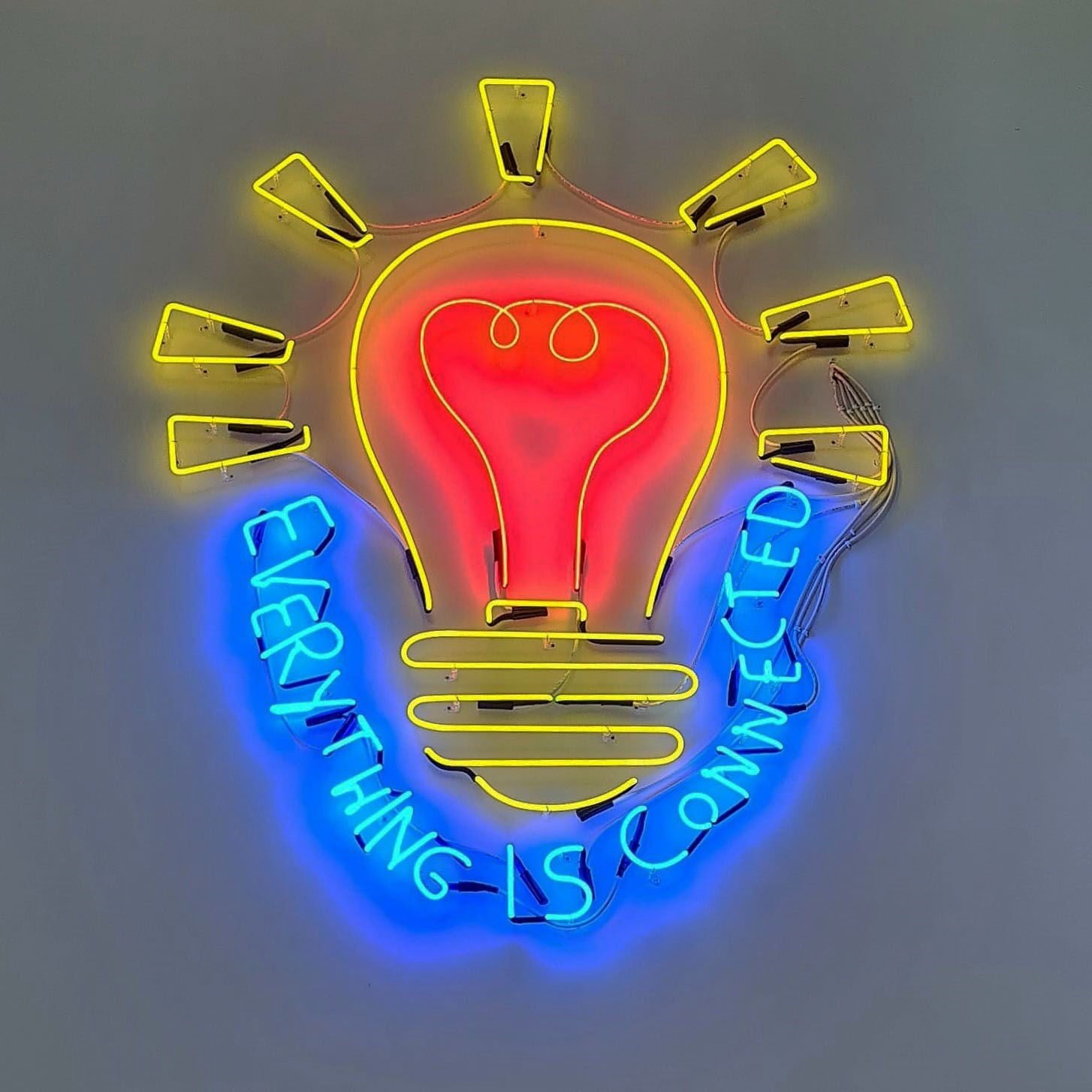Creating an army of citizen scientists
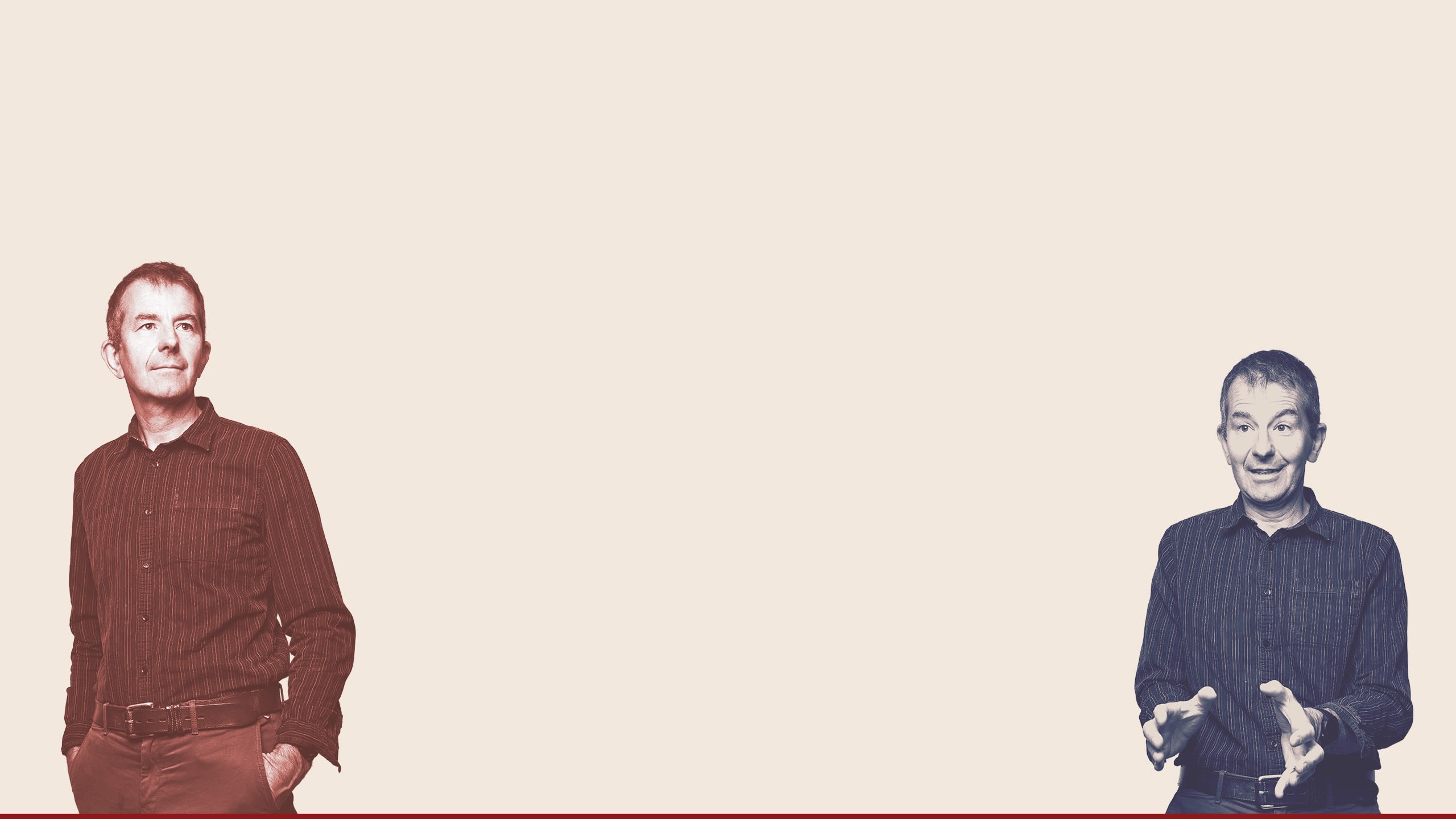
When Professor Mark Mon-Williams arrives at work at the start of his day, he’s greeted by a big neon sign, reminding him that: “Everything is connected.”
It’s become a mantra for Mark and his colleagues, who are working on a huge research collaboration called Born in Bradford that aims to help children in Bradford grow up healthy and happy.
Bradford has a long history of social and economic diversity. It has the UK’s youngest, fastest-growing population outside London – children attending the district’s schools speak around 160 languages between them.
The district houses a broad spectrum of communities: urban and rural, some of which are ethnically diverse while others are predominantly white-British, and some of the UK’s most deprived neighbourhoods, but also some of its most affluent.
Since 2007, Mark, from the School of Psychology, has been among around 100 researchers from the Universities of Leeds, Bradford and York supporting colleagues at Bradford Teaching Hospital to track more than 18,000 children from birth.
They are looking at how genetic, environmental and lifestyle factors such as social and economic background, air pollution, diet and exercise impact on health, development and learning.
Born in Bradford was already one of the largest studies of children in the world when it received an extra £7million funding from the Wellcome Trust, to follow the young people into adolescence and adulthood.
The study was set to nearly double in size, which posed a challenge – capturing and analysing the data for 18,000 individuals had been challenging enough, so how would it work with 30,000?
For Mark and the team the solution was simple – empowering schoolchildren to become citizen scientists.
A collaborative study into the “Age of Wonder”
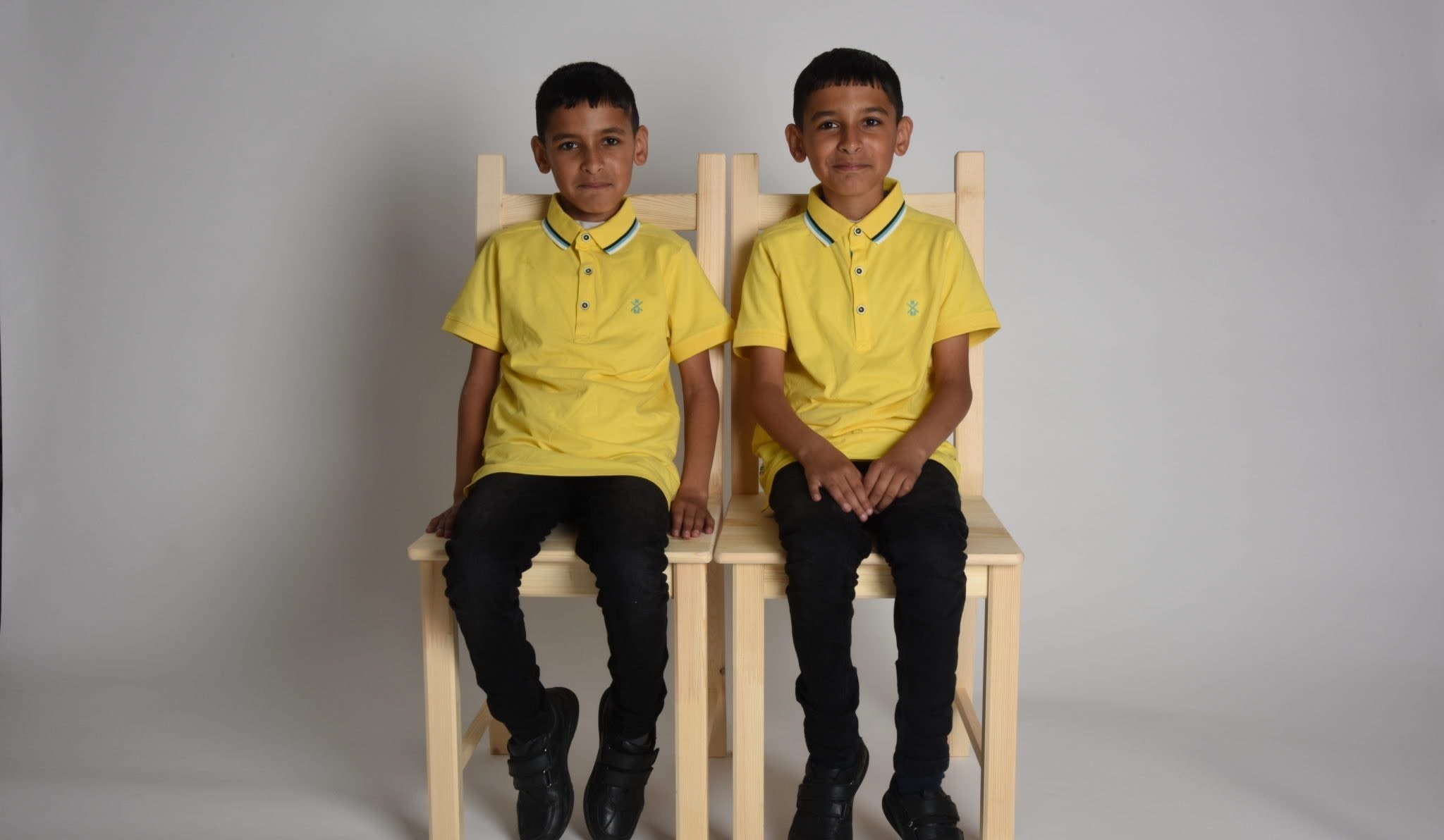
“Our goal is to create an army of citizen scientists.”
In the early days of the study, the researchers were going into health and community settings, but they soon realised a new approach was needed. Mark explains, “Trying to test huge numbers of children was logistically impossible, so we realised it's much better for us to go into schools to do the testing because they’re all in one place every day of the week.”
The new funding, awarded in 2022, meant the team could extend the study to 13 to 21 year-olds as they transition from adolescence into adulthood – a phase the researchers have dubbed the “Age of Wonder”, as it represents a major stage in a young person’s development.
As the researchers prepared to enter this next phase of the study, more schools wanted to get involved and the number of children was set to nearly double.
Mark admits the prospect was daunting: “It almost brought us to our knees, collecting the data for 18,000 children. The cost and resources involved for the next phase were overwhelming when we did the calculations.”
An idea emerged – bringing the teachers and young people on board as active collaborators in the study, collecting the data themselves. The team could co-produce the research with the participants who would, in turn, learn skills in STEM subjects and perhaps even be inspired to become the next generation of data scientists.
As Mark explains: “It becomes a very rich experience, it helps the schools bring science alive. Our goal is to create an army of citizen scientists.”
Bringing data science into the classroom
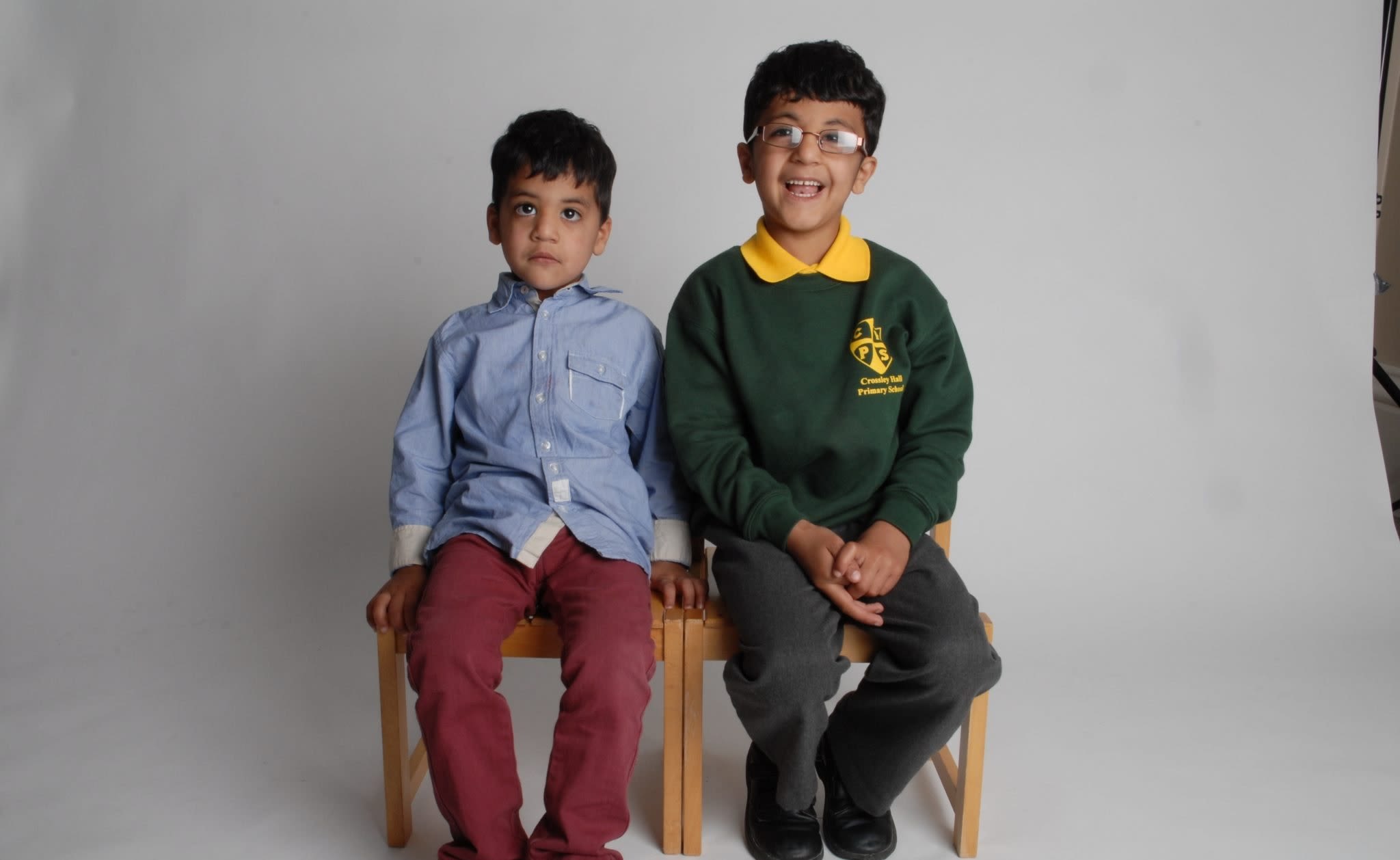
Mark is heading up the project’s research into cognitive development and sensorimotor function, in other words, how the children take in information about the world through their senses and respond to that through movement.
For Mark’s team, the challenge was to adapt research methods so they can be delivered in schools.
“We’re using neuroscience techniques that allow us to measure the pupils’ memory capacity, ability to process visual information and how it affects physical behaviour,” says Mark. “We’ve been able to use technological developments to put these laboratory-quality measures onto computers and into the classroom.”
One of these techniques involves measuring cognitive skills through computer games, a method co-designed with the pupils that allows them to collect and explore data in the classroom.
The team have also used immersive technologies. For example, Leeds-based artists Dave Lynch and Christopher De Bezenac collaborated with pupils to create a 3D visualisation of the study’s vast dataset that the children can explore using a virtual reality headset and use to identify patterns.
Young people and their data rights
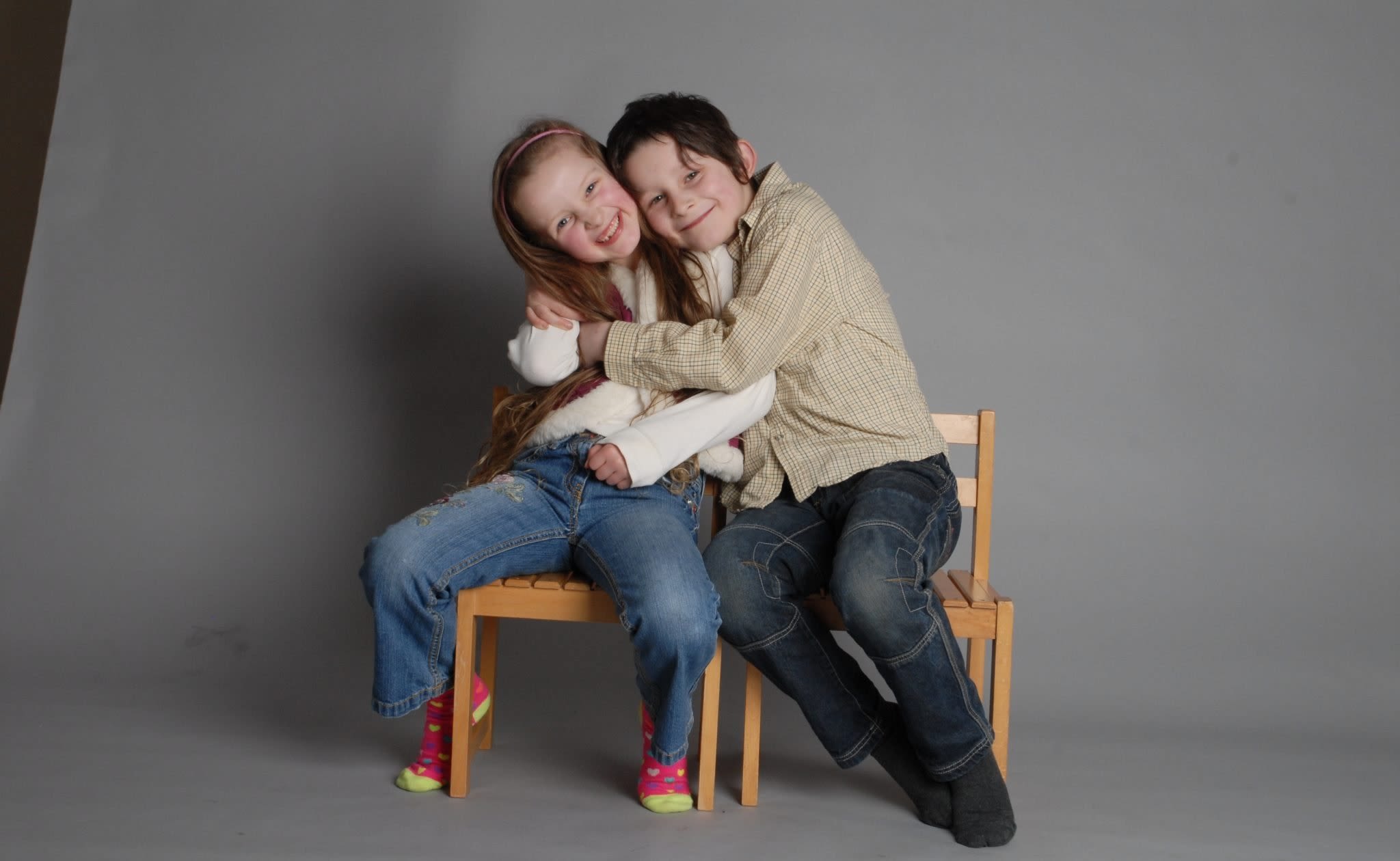
“Data rights will be the human rights of the next century.”
It’s crucial to make sure the pupils have the right digital skills to fully take part, but also understand the aims and ethics of research that involves using personal data such as their medical and social care records.
To do this, a programme called Digital Makers is running alongside the main study, co-led by one of Mark’s colleagues at the School of Psychology, Professor Faisal Mushtaq and Dr Mai Elshehaly, who was formerly part of Leeds Institute for Data Analytics and now works in Computer Science at the University of Bradford.
Mark explains, “We’re upskilling the students in the technologies used to collect the data and at the same time educating them on their data rights which are incredibly important. Data rights will be the human rights of the next century.”
Working with the new age group is throwing sharp focus on a particular issue facing young people: staying safe online.
Mark says, “We're big believers in using data for public good. In fact, we’d strongly argue there's a moral duty to do so. But we equally recognise there's an awful lot of bad actors out there who use data for bad purposes.”
The study provides a unique opportunity to gather evidence on both the negative and positive impact of social media on young people and feed that into the education they deliver through programmes like Digital Makers.
“We want to get solid evidence so we can put measures in place that protect young people's mental health from dangerous content, but also help them to benefit from digital tools that offer support.”
Everything is connected

We’re plugging research and development into systems across our city that are responsible for making decisions affecting children.
Studying a place like Bradford provides a varied and robust set of insights that intersect and interact and Mark and his colleagues are passionate about connecting these with education, but also with local services and decision-makers.
Because the study is part of the Bradford Opportunity Area partnership, set up to tackle low levels of social mobility and educational attainment, the team are able to share their evidence to help bring about change.
For example, recently their data was instrumental in creating a more joined-up approach to diagnosing and supporting children with autism, which is now being fed into national strategies too.
Mark says, “We’re plugging research and development into the decision-making systems across our city.”
For Mark, who has decades of experience in his field, these opportunities to deliver impact have been hugely motivational.
“Most of us go into academia because we are really excited about the power of education and research to build a better world. But the problem we often find in academia is that we sit in our ivory towers and become disconnected from the society that we want to make better.”
“With Born in Bradford, I had this realisation, ‘oh, this is fantastic, I can play my role in this ecosystem’.”
He thinks back to that neon sign he sees every day at work: “‛Everything is connected’ is very much our philosophy. We’re trying to make sure that everything’s aligned to give children the very best possible start in life.”
About Mark
Professor Mark Mon-Williams is an executive member of Born in Bradford and is leading the creation of a Centre of Applied Education Research – a partnership between the Universities of Leeds and Bradford with the Department for Education, the Education Endowment Foundation, and the Bradford Local Authority.
Among his academic roles, he holds a Chair in Cognitive Psychology at the University of Leeds, is Professor of Psychology at the Bradford Institute of Health Research and is a Turing Fellow at The Alan Turing Institute (the UK’s national data analytics centre).
About Born in Bradford
Born in Bradford is an international, interdisciplinary, open-access study led by the Bradford Institute for Health Research. It was set up in 2007 by Professor John Wright, a doctor and epidemiologist who established and leads the Bradford Institute for Health Research and Wolfson Centre for Applied Health Research. The Director of Born in Bradford is Rosie McEachan.
International collaborators include the University of California, Berkeley and Stanford University in the United States who have supported digital infrastructure and run webinars with schools. The Government of Pakistan are also supporting the study due to Bradford’s large population with Pakistani heritage, sharing data on health challenges and possible solutions.
